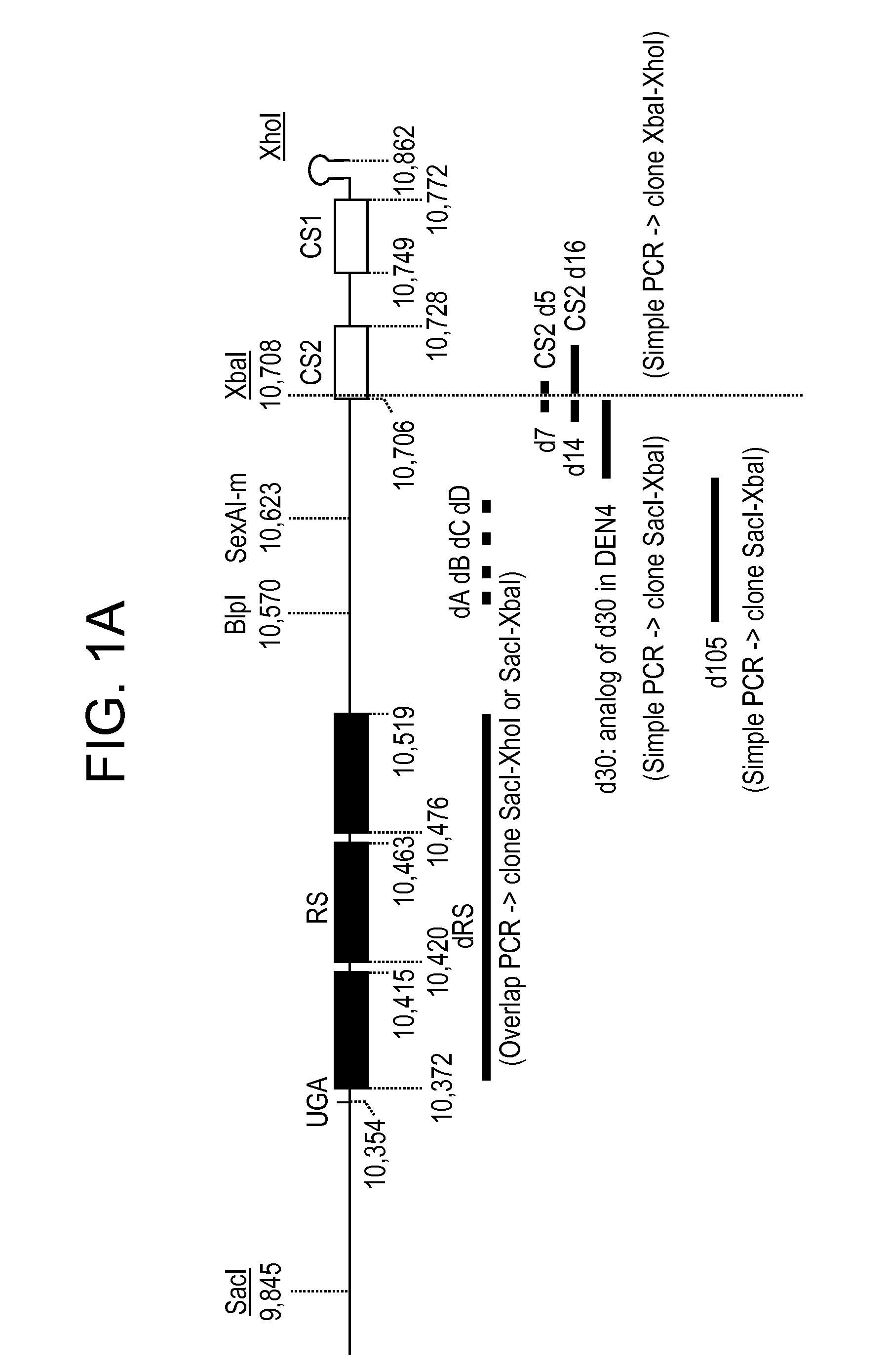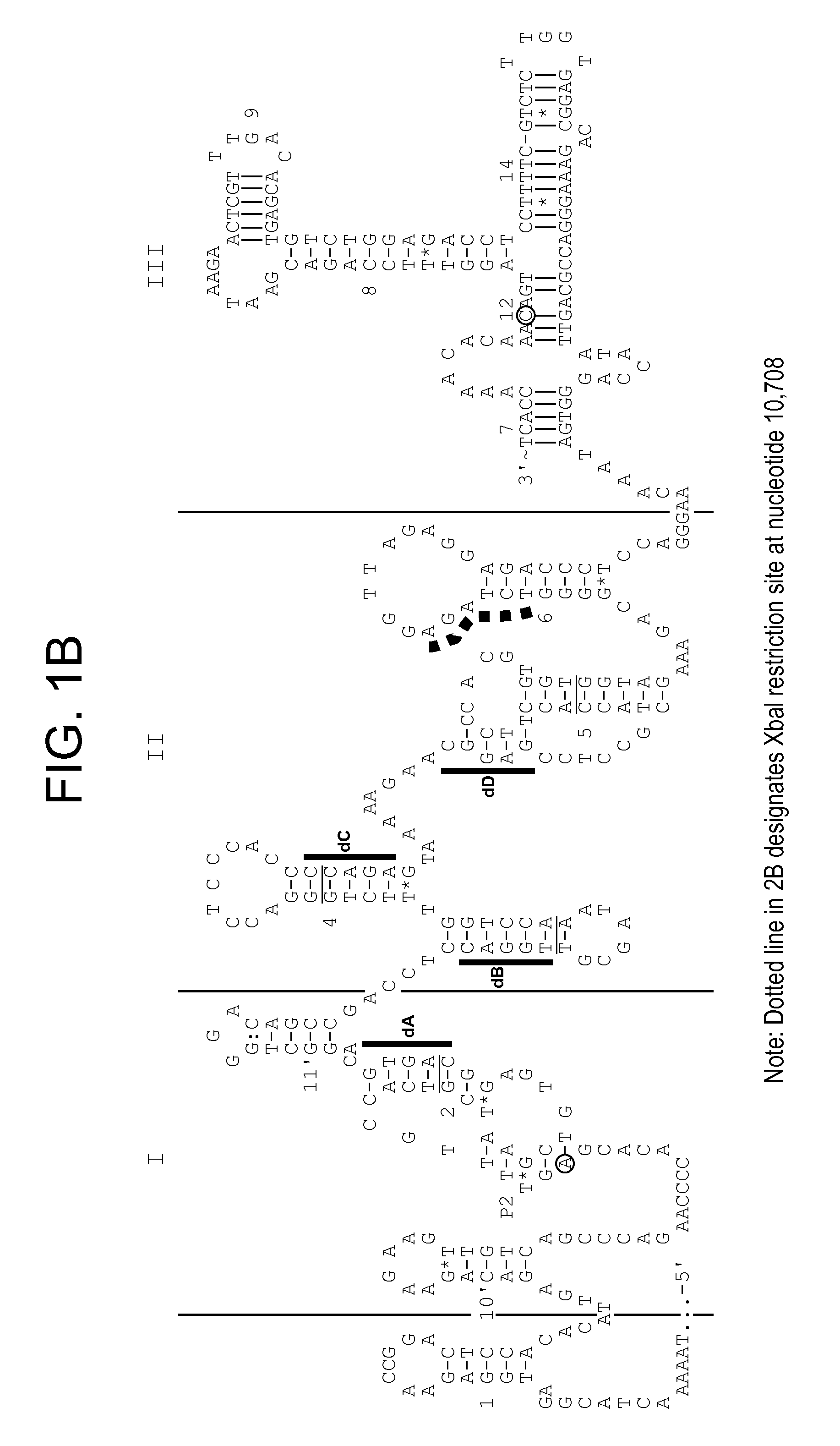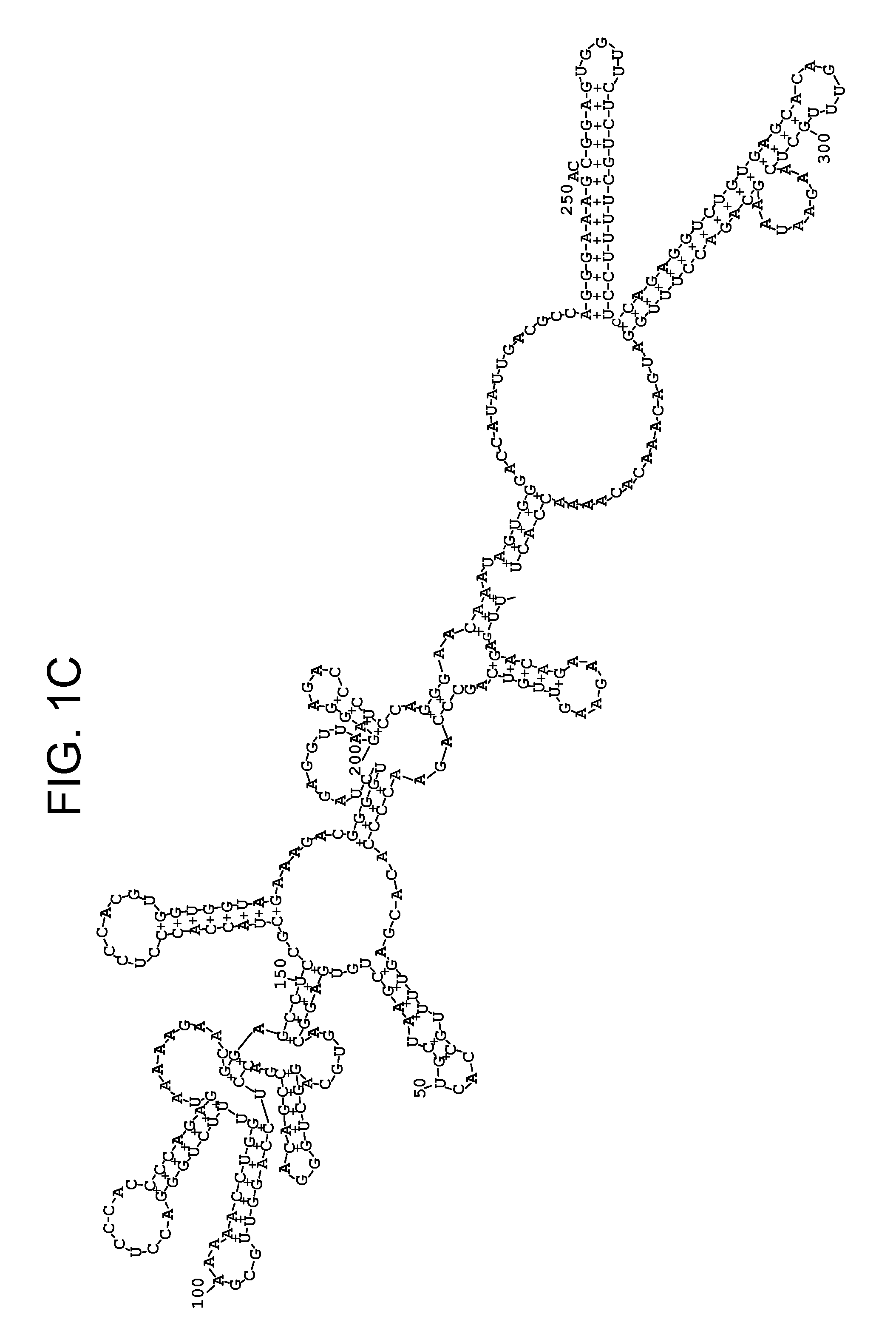Vaccines against Japanese encephalitis virus and West Nile virus
a technology of japanese encephalitis virus and vaccine, which is applied in the field of vaccines against japanese encephalitis virus and west nile virus, to achieve the effects of increasing vaccine virus yield, reducing the viscerotropism/viremia of flavivirus, and increasing the genetic stability of flavivirus
- Summary
- Abstract
- Description
- Claims
- Application Information
AI Technical Summary
Benefits of technology
Problems solved by technology
Method used
Image
Examples
example 1
ChimeriVax™-WN
Experimental Results
[0075]Background and Summary
[0076]A chimeric yellow fever-West Nile (YF-WN) virus, ChimeriVax™-WN, was produced by insertion of pre-membrane (prM) and envelope (E) genes of a WN virus (NY99) into the YF17D backbone. The virus was produced in Vero cells under serum free conditions (at Passage 5, P5), evaluated for safety, immunogenicity, and efficacy in preclinical models, and has been tested in a phase I study in humans. Additional attenuation of the vaccine virus (P5) is determined by three SA14-14-2-specific mutations in the E protein (residues 107, 316, and 440). The vaccine virus was less neurovirulent than YF-VAX® when tested in mouse and monkeys inoculated by the IC route and protected mice, hamsters, and monkeys upon a single inoculation (Arroyo et al., J. Virol. 78:12497-12507, 2004; Tesh et al., Emer. Infect. Dis. 8:1392-1397, 2002). The vaccine virus contained a mixed population of viruses (exhibiting small, S, and large, L, plaque phenoty...
example 2
ChimeriVax™-JE and ChimeriVax™-DEN1-4
Background and Summary
[0093]In the study described below, we prepared and characterized a new ChimeriVax™-JE seed virus using Vero cells grown in serum-free (SF) media in order to eliminate any concerns about possible contamination of the vaccine with the prion agent of bovine transmissible encephalopathy. During propagation in SF culture, uncloned virus accumulated mutations not seen previously in serum-containing culture, which appeared to be adaptations to SF growth conditions increasing the rate of virus replication. These mutations occurred in the E or M proteins (E-107 F to L or M-60 R to C mutations) and suggested a functional significance of the M protein in the process of virus replication, which became noticeable during virus growth in SF conditions (see amino acid R at position 60 of the M-protein shown in Example 1 (ChimeriVax™WN). The effects of mutations within the M (M60, M5 in ChimeriVax™-JE) or the E proteins (E-107 in ChimeriVax...
experiment 1
[0114]In this experiment, neurovirulence of Clone C (M-60 mutant) ChimeriVax™-JE Vaccine Master Viral Bank (MVB) and Production Viral Bank (PVB) were compared after IC administration to cynomolgus monkeys, using YF-VAX® virus as a control (Table 9).
[0115]No vaccine-related clinical signs or changes in food consumption, body weight, or serum chemistry, and hematology parameters were observed. Lymphoid hyperplasia, consisting of increased size and number of lymphoid nodules in the spleen, was noted for 9 of 11, 4 of 11, and 8 of 11 monkeys from Groups 1-3, respectively. Although this finding is a common background finding in cynomolgus monkeys, the group incidences were greater than normal in these monkeys and were considered secondary to the expected immune response induced by the vaccines. It is noteworthy that similar changes occurred in both the ChimeriVax™-JE treatment groups and the YF-VAX® reference control group. [Some of the monkeys in all three groups developed low level pos...
PUM
| Property | Measurement | Unit |
|---|---|---|
| genetic stability | aaaaa | aaaaa |
| hydrophobic | aaaaa | aaaaa |
| nucleic acid | aaaaa | aaaaa |
Abstract
Description
Claims
Application Information
 Login to View More
Login to View More - R&D
- Intellectual Property
- Life Sciences
- Materials
- Tech Scout
- Unparalleled Data Quality
- Higher Quality Content
- 60% Fewer Hallucinations
Browse by: Latest US Patents, China's latest patents, Technical Efficacy Thesaurus, Application Domain, Technology Topic, Popular Technical Reports.
© 2025 PatSnap. All rights reserved.Legal|Privacy policy|Modern Slavery Act Transparency Statement|Sitemap|About US| Contact US: help@patsnap.com



